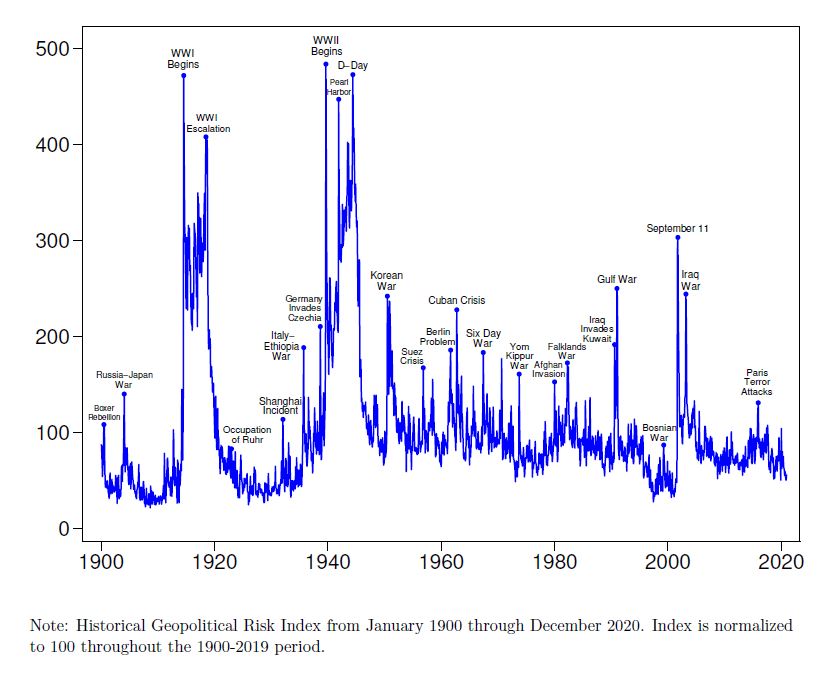The dual effects of geopolitical risk on MNCs’ first-tier supply base: A political economy perspective
With Xuan Bai,Kevin Zhou, and En Xie
Journal of International Business Studies, 2025
While prior research has emphasized the economic threats posed by political risk, it is unclear how geopolitical risk (GPR), a supranational-level risk, affects global supply chain decisions. Drawing on the political economy perspective, we posit that GPR presents both opportunities and threats for multinational corporations (MNCs), depending on the political affinity between MNCs’ home and host countries. We also identify the risk-mitigation roles of MNCs’ political lobbying and market diversification. Using panel data from publicly listed MNCs in the US, we find that host-country GPR increases MNCs’ first-tier supply base when home–host country political affinity is high, but decreases when political affinity is low. Moreover, the positive effect of high-affinity host-country GPR on MNCs’ supply base is stronger, and the negative effect of low-affinity host-country GPR is weaker for MNCs with high levels of political lobbying or market diversification. These findings enrich the international business research and political economy perspective by elucidating both the opportunities and threats of GPR, and highlight the importance of risk-coping capabilities in managing GPR. These findings also provide insights for MNCs to adapt their strategies amid GPR by leveraging home–host political affinity, engaging in political lobbying, and pursuing market diversification to mitigate geopolitical challenges.


